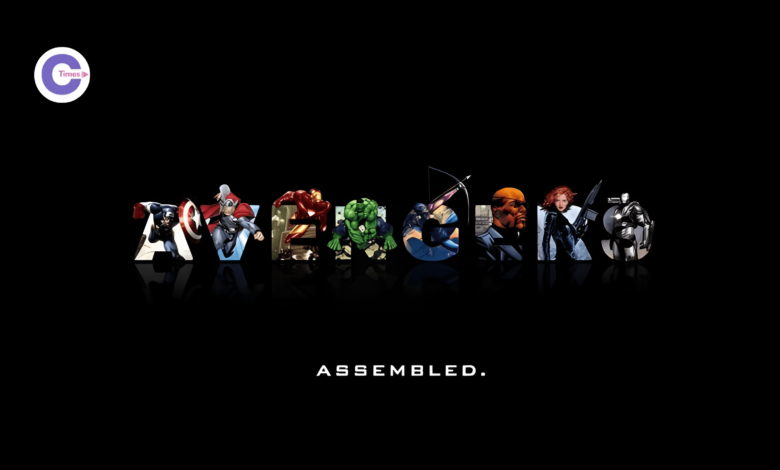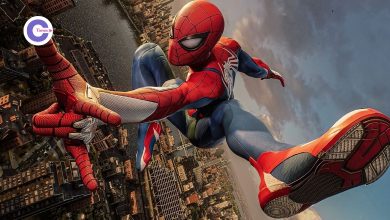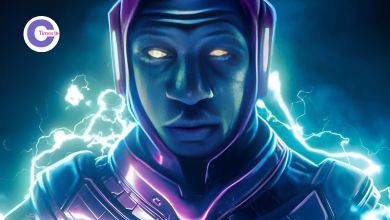Marvel's Financial Journey: From Bankruptcy to Billions
How Marvel Transformed Financial Crisis into Global Success

In every legend, there is always a dark phase, a stage that appears to leave a glimmer of light at the end of the tunnel, which are called the ‘Dark Nights’ of the characters. But for Marvel, this almost perfect moment came in the winter of 1996.
Due to financial problems, this once unrivaled giant of the comic book industry is on the verge of bankruptcy, and the fate of such characters as Superman, Batman, and others remained uncertain. This is the story of Marvel’s lowest point, the point when the future of the company was in doubt and the whole world was questioning if this giant of the storytelling industry could come back.

The Dark Days: Marvel’s Financial Struggles
Marvel, during the early 1990s, had hit the poorer economic region of the company’s life. Even though the company possessed some of the greatest comic book characters, such as Spider-Man, X-Men, and the Avengers, for instance, the business was almost bankrupt. Several factors, including market stagnation, comic book sales’ deteriorating performance, and wrong business strategies, resulted in Marvel declaring Chapter 11 bankruptcy in 1996.
During that period, the comic book industry was passing through one of the worst times that it could ever experience. That reasoning was fallacious, and that is what happened to Marvel; the speculator boom, where people collected comics hoping that they would gain value, flopped, and Marvel found itself with mounds of unsold merchandise and little cash coming in. That is now expected to change, as the situation was quite grim and people were wondering if Marvel could even pull through such a crisis.

Enter the superheroes: The Turnaround Begins
The beginning of Marvel’s transformation started with the company making a strategic move of utilizing its greatest strength, which are the characters. Instead of relying on the comic books, Marvel’s leadership came to the realization that superheroes might just be what the company needed for a financial turnaround. The idea was simple yet revolutionary: The main idea was that instead of only licensing its characters to the other studios, Marvel would create its own movies.
Mind you, in 1998, under the leadership of Avo Buatta, Marvel had unusually sunk to the level of franchising some of the most famous characters in its roster, such as Spider-Man and X-Men, to other major studios. This strategy was very beneficial for Marvel because it helped them source some funds, which enabled the company to continue operating. But it also had the flip side for Marvel, as they had no control over how these characters were depicted on screen and the stakes were monetary.

The Birth of Marvel Studios
Marvel’s true revival, however, started in the mid-2000s when they came up with Marvel Studio. Marvel had in one year (2005) borrowed $525 million from Merrill Lynch, all in an effort to buy back many of the characters and even used the characters as collateral. Marvel had the idea of making a number of films that are all interlinked, starting with characters that are not very popular, thus establishing a fictional universe.
The first movie in this new direction and strategy was “Iron Man” (2008), directed by Jon Favreau and starring Robert Downey Jr. The movie received positive criticism and made more than $585 million at the international box office. Most significantly, it established the concept of the Marvel Cinematic Universe (MCU), which would change the way of viewing superhero films.
[ Also Read: Ranking the Marvel Cinematic Universe: From Flops to Blockbusters ]
The Marvel Cinematic Universe: A Billion-Dollar Franchise
Afterwards, Marvel Studios began to develop a series of comic character films based on the Marvel universe; the climax of the film series is “The Avengers” (2012). The MCU emerged as a pop culture phenomenon, and every film that was released prior to the emergence of COVID-19 produced record box office and brought more fans to Marvel’s worldwide franchise.
What is interesting to note here is that the MCU’s success was not just because of great storytelling and high-quality production. It also testified to what Marvel had intended, what it had planned to do, and how well it could adapt. To reinforce ownership and create exclusive property, Marvel retained the creative control and filmed most of the movies in-house; hence, its characters were portrayed as per the comic editions and connected with both old and new generation audiences.

The Disney Acquisition: Marvel’s Golden Era
The Marvel comics company continued to evolve in 2009 when the Walt Disney Company bought Marvel Entertainment for $4 billion. This gave Marvel the needed capital and other resources to support the expansion of the company’s cinematic universe.
Subsidiary to Disney, Marvel Studios kept on churning hit movie after hit movie, with MCU earning the record of becoming the highest-earning film franchise of all time, grossing over $29 billion in worldwide box office sales.
That same year also saw the possibility of Marvel in terms of merchandising, theme parks, and television series after the acquisition by Disney. It is not an overstatement with conviction that Marvel got its characters popularized and the brand went beyond the mere comics.

Marvel’s Impact Beyond the Box Office
But it’s not all about the money and record-breaking ticket receipts for Marvel. The regeneration of the company became revolutionary in the entertainment sector as well as in the culture of society. Marvel with the MCU changed the genre of superhero films and set a trend that other studios eventually followed. Marvel’s characters whose characters once were ‘geeky’ turned into cultural symbols and motivators for future generations.
However, what has increased over the years is that Marvel became financially stable and even more worthy of being a case study under the aspects of strategic management and innovation. It is perhaps a model example of the fact that imagination and creativity can often turn the fate of the firm around, and the firm of a once struggling comic book publisher became an entertainment goliath.
[ Also Read: Marvel’s Billion-Dollar Club: A Look at the MCU’s Financial Titans ]
Lessons from Marvel’s Financial Journey
Marvel’s journey from bankruptcy to billions offers several key lessons for businesses and entrepreneurs:
- Leverage Your Core Assets: Another factor that helped Marvel get back on its feet was when it chose to concentrate on its characters rather than comics. This is because organizations need to locate and strategically unlock their core competencies for new sources of revenues.
- Innovate and Take Risks: Marvel’s strategy of coming up with the MCU was quite risky, but it brought enormous benefits. Hence, innovation has to do with taking measured risks and going an extra mile away from the conventional way of doing things.
- Adapt to Changing Markets: Thus, Marvel’s transition from comic books into the films was a business decision forced by market circumstances. Proactivity is important to any business, as they require it to transform into another in order to survive.
- Strategic Partnerships: The acquisition made by Disney allowed for Marvel to expand on its operations. Alliance may be a vital platform for growth and in the process of expansion.
The Future of Marvel: What’s Next?
Looking forward, we can see that Marvel does not plan to stop and eventually continues to grow and expand. Today, MCU is the leading media franchise that releases new films and television series and experiments with the genres and new characters. The recent release of Avengers: Endgame (2019) was a culmination of the previous series, but at the same time, it opened a new chapter in the Marvel universe.
Marvel in particular got the X-men and the Fantastic Four back from 21st Century Fox, which has created more potential for the MCU. It is for this reason that fans of these programs can look forward to these characters finding their place within the more expansive Marvel universe in the years to come.

Share Your Thoughts!
The story of money from rags to riches is well illustrated by Marvel, which goes from broke to beyond billions. Yes, but as to your question, I wonder what you have to say on this matter. Was Marvel’s success expected by you? Which character out of all the Marvel characters do you identify with most? Feel free to write your perceptions in the comments section.



